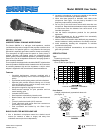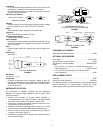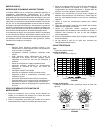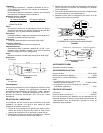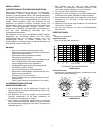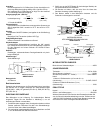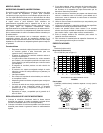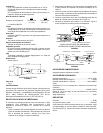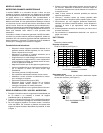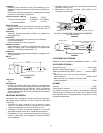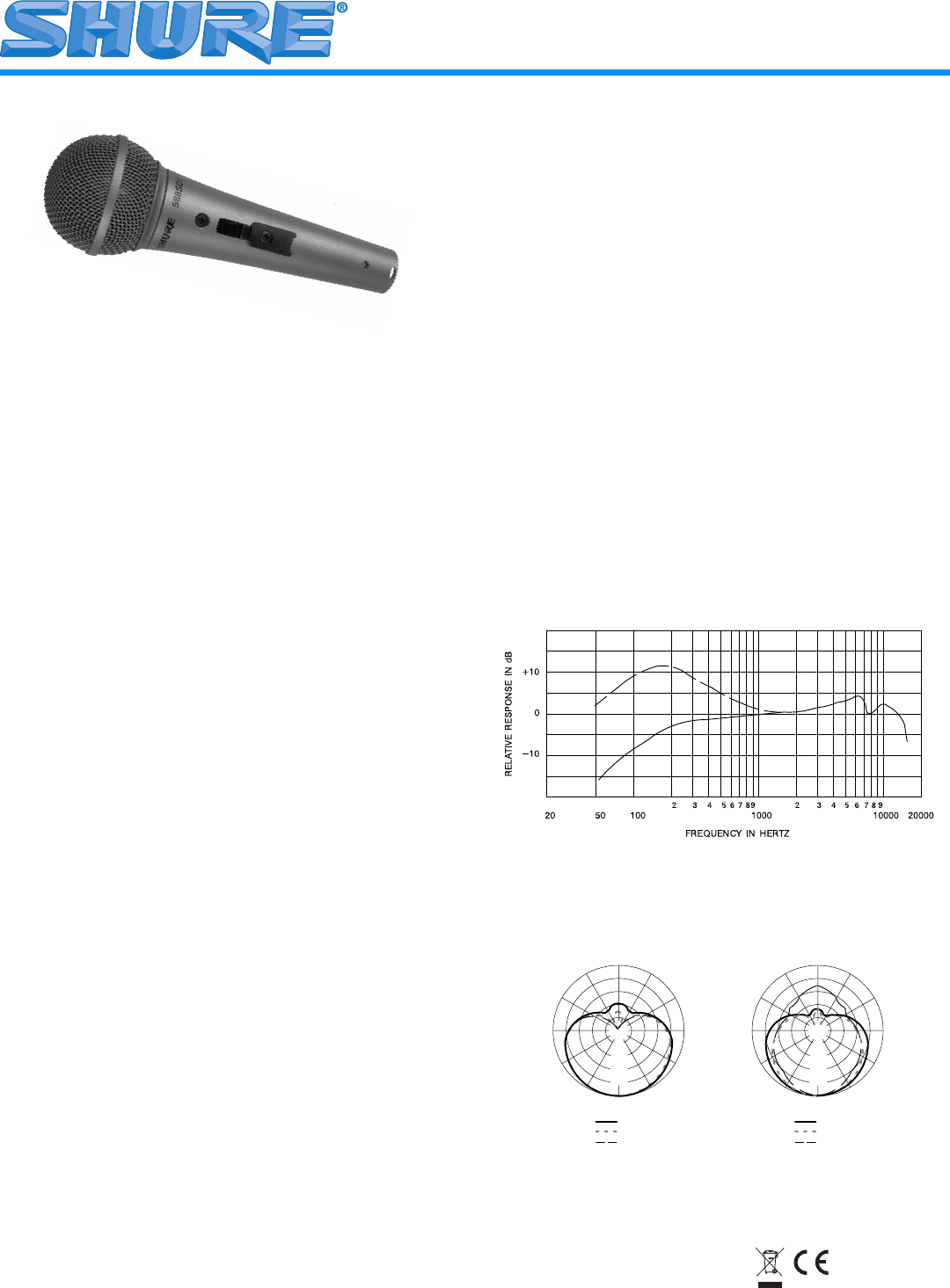
Model 588SDX User Guide
©2005, Shure Incorporated
27D2837 (Rev. 5)
Printed in U.S.A.
MODEL 588SDX
UNIDIRECTIONAL DYNAMIC MICROPHONE
The Model 588SDX is a ball-type, dual-impedance, cardioid
(unidirectional) dynamic microphone that provides excellent voice
reproduction. Its spherical grille is a very effective wind and pop
filter which is especially good when used for closeup vocal miking.
This microphone is highly suited for speech or music pickup in
schools, churches, and meeting rooms. Its unidirectional polar
pattern greatly reduces feedback problems, permitting operation
closer than usual to loudspeakers without the annoying squeal or
howl caused by feedback.
The microphone is equipped with a lockable ON/OFF switch and an
internal impedance selection socket located on the XLR connector
for switching between high and low impedance. A slip-in swivel
adapter is supplied for the convenience of stand-mounted use.
Features
• Controlled low-frequency response combined with a
smooth high-frequency rise for clear and intelligible voice
pickup
• Symmetrical cardioid pickup pattern minimizes feedback
• Spherical grille provides effective filtering out of breath
noise and popping when used for closeup vocals, and of
wind noise when used outdoors
• Neodymium magnet for high signal-to-noise ratio
• Shock-mounted cartridge for quiet operation and low
stand/ handling noise
• Lockable ON/OFF switch
• Dual impedance selectable by internal socket
• Break-resistant, slip-in swivel adapter for stand-mounted
use
• Three-pin professional audio (XLR) connector
• Tough, steel-mesh grille resists wear from constant use
and handling; die-cast handle
• Field serviceable and backed by the Shure 2-year
warranty
BASIC RULES FOR MICROPHONE USE
1. Aim a directional microphone toward the desired sound
source (for instance, a talker or singer) and away from
undesired sources (such as loudspeakers).
2. Locate the microphone as close as practical to the desired
sound source for the best gain before feedback.
3. When extra bass response is desirable, work close to the
microphone. See Figure 1 for the close-up increase in low
frequency output called “proximity effect”.
4. Do not pick up the same sound source with more than one
microphone. Keep the distance between multiple microphones
at least three times the distance from each source to its
intended microphone.
5. Use the fewest microphones practical for the particular
application.
6. Locate microphones as far as possible from acoustically
reflective (hard or smooth) surfaces.
7. Add an external windscreen when additional pop protection is
needed: outdoors in windy conditions or for closeup vocal use.
8. Avoid excessively handling the microphone to minimize
mechanical noise pickup.
9. To preserve directional characteristics, do not obstruct the
grille with your hand.
SPECIFICATIONS
Type
Dynamic (moving coil)
Frequency Response
80 to 15,000 Hz (see Figure 1)
TYPICAL FREQUENCY RESPONSE
FIGURE 1
Polar Pattern
Cardioid (unidirectional) symmetrical about axis
(see Figure 2)
TYPICAL POLAR PATTERNS
FIGURE 2
.6 m
1 cm
150
o
120
o
150
o
120
o
180
o
30
o
60
o
90
o
30
o
60
o
90
o
–5 dB
–10 dB
–15 dB
–20 dB
0
1000 Hz
500 Hz
250 Hz
150
o
120
o
150
o
120
o
180
o
30
o
60
o
90
o
30
o
60
o
90
o
–5 dB
–10 dB
–15 dB
–20 dB
0
10000 Hz
6400 Hz
2500 Hz



